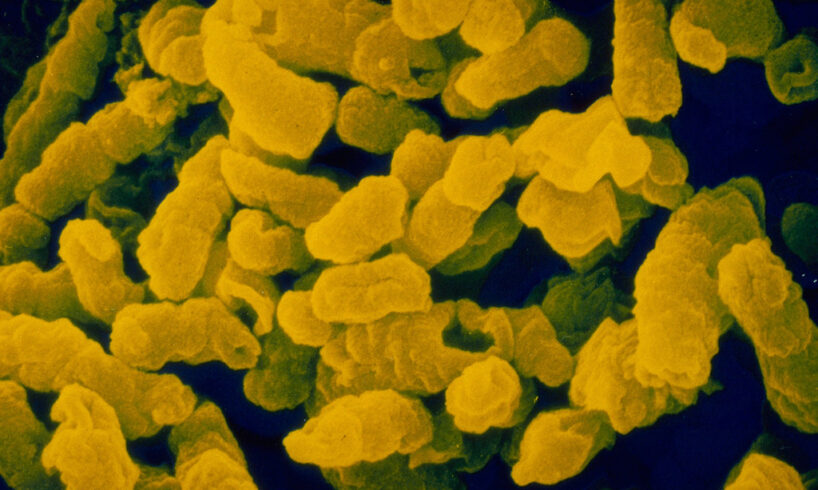
The tragic death of a 6-year-old boy in early medieval England has given scientists the earliest direct clue to the history of the pathogen Haemophilus influenzae type b. Dated to about 550, it’s the oldest case of this bacterial infection, called Hib, ever diagnosed, researchers report February 2 in Genome Biology.
The next confirmed case occurred more than 1,300 years later in 1892, when H. influenzae was first identified. Despite the similar name and symptoms to influenza, the bacterium doesn’t cause flu. But Hib can cause other serious illnesses such as pneumonia and meningitis — especially in young children. Since the late 1980s, a vaccine against Hib has largely sidelined the pathogen.
DNA in a tooth from the boy, who was buried in a plague cemetery in Cambridgeshire, indicates that Hib was infecting people at the same time as the first historically documented pandemic due to plague, caused by the bacterium Yersinia pestis. The relationship between H. influenzae and humans, the pathogen’s only host, is probably much older than that, says Meriam Guellil, a paleogeneticist at the University of Tartu in Estonia.
Unsurprisingly, the boy’s tooth also contained genetic remains of Y. pestis. He probably contracted the Hib infection first, Guellil and colleagues say. While respiratory infections rarely leave marks, the boy’s kneecaps had fused to the thighbones above them. Such damage can happen when Hib escapes the respiratory system and infects joints, which would have taken weeks. This boy was already quite ill when he caught Y. pestis, but “plague, probably, was what killed him,” Guellil says.
This kind of research opens a window into how pathogens evolve to start pandemics or die out over thousands to millions of years. The work is a “great advance” for archaeology, history and the study of ancient diseases, says Pontus Skoglund, an expert in ancient genomics at the Francis Crick Institute in London who was not involved in the study. “The well-authenticated detection of Haemophilus influenzae in an early medieval child promises that it will be detectable in more cases in history, and potentially prehistory,” he says.
This article was originally posted on A deadly bacteria has been infecting children for more than 1,400 years